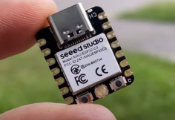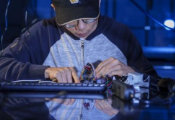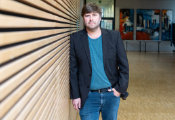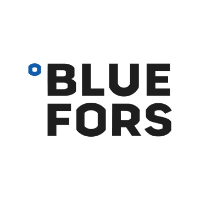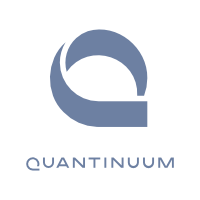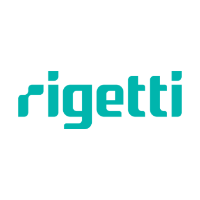Battling Quantum Decoherence, One Flat Band at a Time
April 24 2025 -- Quantum decoherence is often a challenge that quantum scientists seek to mitigate. When an object loses its quantum properties and starts behaving like a classical object (i.e. ordinary objects whose behaviour is governed by the laws of physics that one generally thinks of), that is known as decoherence. Specifically, for superconducting quantum devices and circuits, there exists an energy gap protecting the coherence of the objects against thermal energy. The larger the gap, the more protected the quantum object is against decoherence. When quantum materials, such as Twister Bilayer Graphene (TBG), have a better superconducting gap, it directly entitles stronger magnetism and superconductivity due to enhanced electron correlations. TBG can generate superconductivity due to flat bands.
Flat bands are structures that arise when an electron’s kinetic energy or energy of motion is diminished. While flat bands can arise in quantum materials such as TBG or Kagome metals, their position is a key factor. Flat bands can generate enhanced electron population on the electrons’ Fermi level – an energy level where the electrons can pile all the way up. Only the electrons near this level can mediate superconductivity. Thus, flat bands near the Fermi level lead to superconducting properties.
However, challenges are present when working with flat bands. For example, there are limitations in manipulating flat bands to the desired energy levels in TBG since they only exist in limited momentum space. Similarly in Kagome metals, there are also limitations in tuning flat bands because Kagome lattices have naturally occurring flat bands.
Guo-Xing Miao (Professor, Department of Electrical and Computer Engineering) and colleagues at the University of British Columbia (UBC) have reported a novel material platform where flat bands universally emerge in a wide range of Transition Metal Dichalcogenide (TMD) compounds. This outcome is achieved through intercalation, which refers to the reversible insertion of ions into the host lattice. The researchers showed that not only can the flat bands be generated in the TMD compounds, but the position of the flat bands can also be adjusted on the energy scale.
“The key uniqueness is the complete freedom in intercalations, making it easier to tailor the properties of flat bands,” Miao says. “The full suite of knowledge in renewable energies can be directly transferred here to quantum materials, yielding nearly unlimited possibilities.”
Ion intercalation has already been widely and successfully used in rechargeable batteries as a way of storing chemical energies, where 2D materials are known as some of the best hosts to accommodate intercalations. For example, graphite-based materials are by far the most commonly used anode material for rechargeable ion batteries.
“The capability to generate and tune flat bands to the Fermi level are keys to the development of superconducting quantum materials with better gap protection, [which are] therefore more robust against quantum decoherence – a strategy essential for providing topological protection in otherwise fragile quantum devices”, Miao explains.
Potential applications of these findings are endless. For example, manipulating properties of 2D magnetic materials through ion intercalation could lead to improvements and applications in areas such as memory storage technology, reconfigurable neural networks, and high-frequency sensors. Miao emphasizes that the fully solid-state ion intercalation approach is integrated circuit compatible, allowing for the direct incorporation of exotic quantum materials into modern technologies, such as, integration into CMOS circuits.
“Flat Band Generation Through Interlayer Geometric Frustration in Intercalated Transition Metal Dichalcogenides” was published in Small by Yawen Peng, Ren He, Peng Li, Sergey Zhdanovich, Matteo Michiardi, Sergey Gorovikov, Marta Zonno, Andrea Damascelli and Guo-Xing Miao.
This project is supported in part by the Canada First Research Excellence Fund (CFREF) through Transformative Quantum Technologies (TQT). The work at UBC was undertaken thanks in part to funding from the Max Planck-UBC-UTokyo Centre for Quantum Materials and the Canada First Research Excellence Fund, Quantum Materials and Future Technologies Program.



